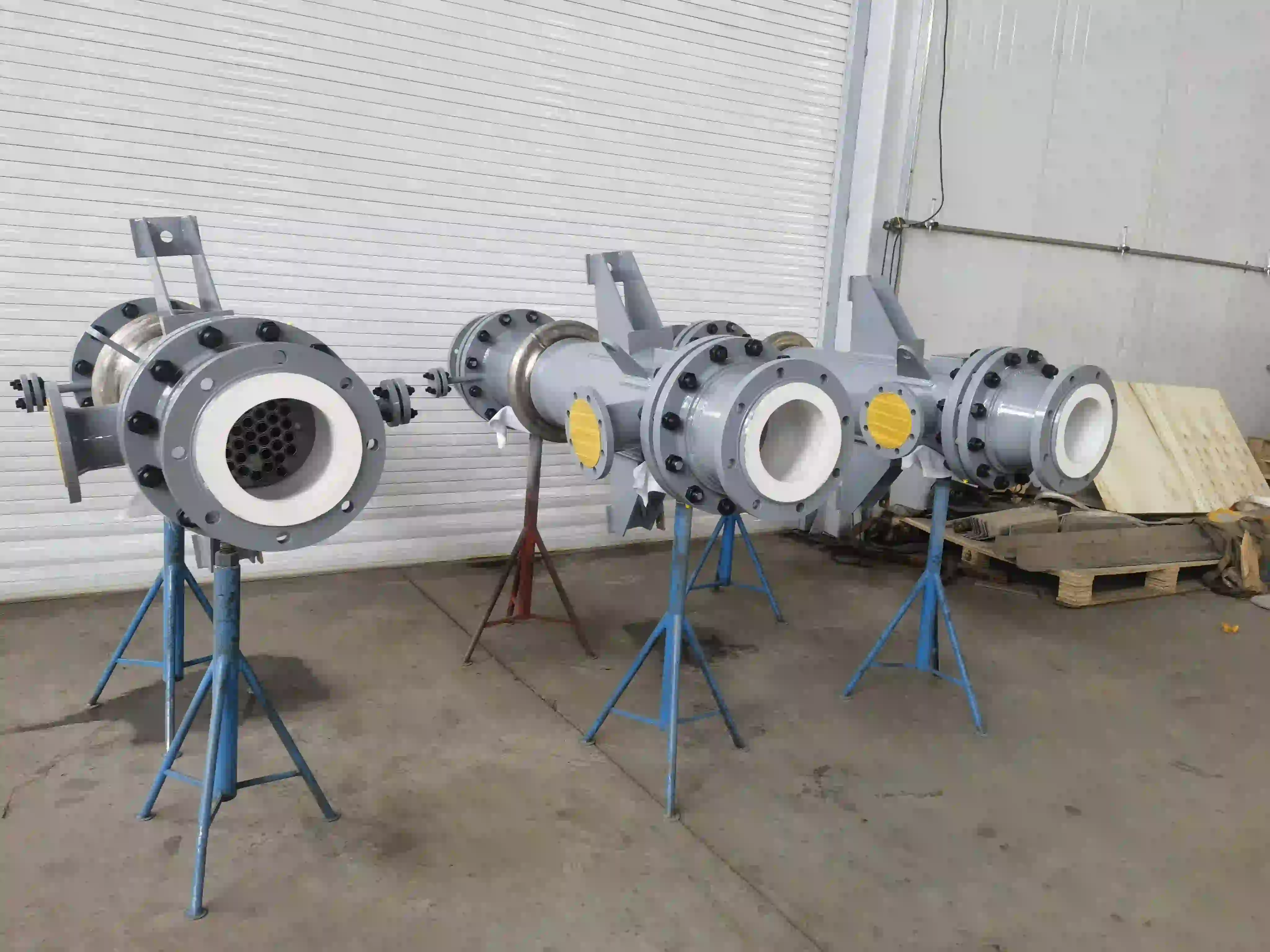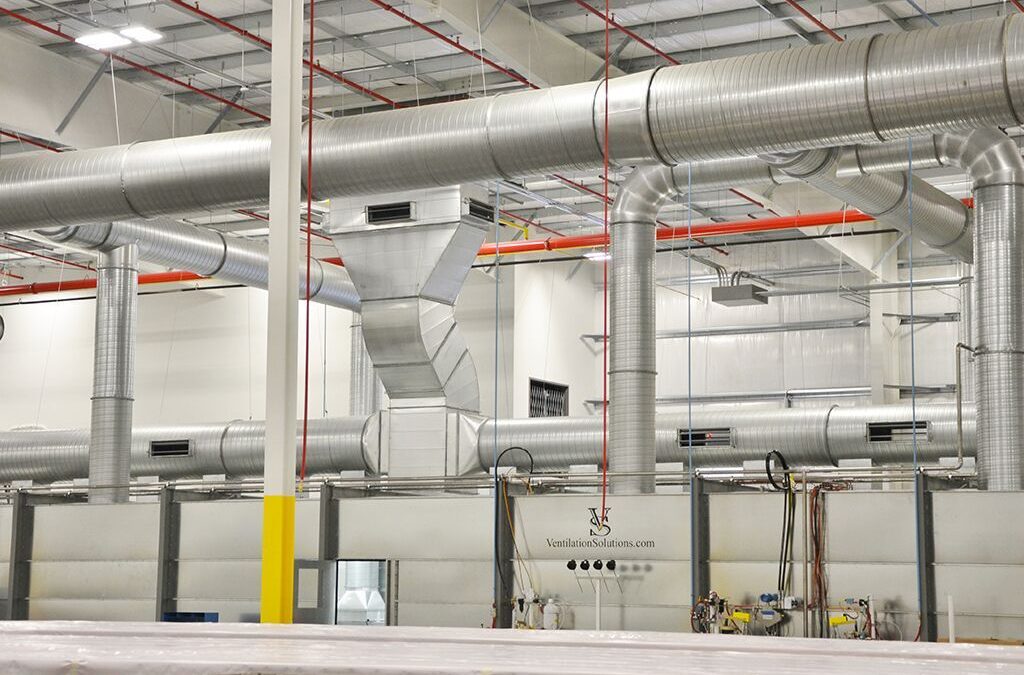In the field of industrial chemical processing, where aggressive media and extreme operational conditions are the norm, equipment reliability is paramount. Among various process components, the heat exchanger plays a crucial role in maintaining thermal balance, energy recovery, and system efficiency. For operations involving highly corrosive fluids, the choice of material becomes a critical decision. In this regard, the tantalum heat exchanger has emerged as a gold standard for ensuring long-term performance, chemical resistance, and operational continuity.

The Role of Tantalum Heat Exchangers in Chemical Environments
In the high-stakes world of chemical processing, where systems are frequently exposed to some of the most aggressive and reactive substances known to industry, material selection becomes a matter of safety, performance, and economics. The tantalum heat exchanger has emerged as a premier solution for managing heat transfer in such corrosive environments, thanks to tantalum's exceptional chemical inertness and mechanical reliability. Its unique material profile offers a strategic advantage over both metallic and non-metallic alternatives in various sectors of the chemical industry.
Tantalum is renowned for its ability to resist attack from nearly all acids, including highly concentrated forms of hydrochloric acid (HCl), sulfuric acid (H₂SO₄), nitric acid (HNO₃), and even the notoriously corrosive aqua regia—a mixture of nitric and hydrochloric acids that can dissolve gold and platinum. While materials like glass also offer high chemical resistance, they suffer from mechanical fragility and poor thermal conductivity. Conversely, tantalum strikes a perfect balance by providing glass-like corrosion resistance while maintaining the toughness and heat transfer capability of a metal, making the tantalum heat exchanger a preferred choice in highly corrosive and high-temperature settings.
In practical applications, such as bromine recovery units, fuming nitric acid distillation, and mixed-acid concentration reactors, conventional materials—including stainless steel, titanium, and even Hastelloy or Inconel—often degrade quickly due to corrosion, pitting, or chemical stress. These failures not only incur costly shutdowns but also pose significant safety hazards. The tantalum heat exchanger circumvents these issues through the formation of a stable, self-repairing tantalum pentoxide (Ta₂O₅) passive layer, which effectively shields the metal from uniform corrosion, crevice attack, and intergranular degradation. Beyond its corrosion resistance, tantalum is immune to stress corrosion cracking (SCC), a catastrophic failure mechanism often triggered in chloride-containing environments. It also resists hydrogen embrittlement and pitting—factors that compromise the integrity of many otherwise strong alloys. These properties make tantalum heat exchangers highly suitable for use in processes involving halogens, chlorinated solvents, or oxidizing acids at elevated temperatures and pressures.
Another significant benefit of using a tantalum heat exchanger is its role in ensuring product purity and reducing cross-contamination. In pharmaceutical and high-purity chemical synthesis, any leaching of metallic ions from the heat exchanger could compromise the end product. Tantalum's inertness prevents metal contamination, preserving the purity of process streams and meeting stringent regulatory standards. This makes tantalum heat exchangers an invaluable asset not only in conventional chemical plants but also in semiconductor fabrication, fine chemical manufacturing, and biotechnology facilities. Moreover, the long operational life of a tantalum heat exchanger translates to reduced maintenance costs, fewer unplanned shutdowns, and a lower environmental footprint. Equipment made with tantalum often operates for decades without significant wear, minimizing material replacement and waste generation. This aligns with modern sustainability objectives in the chemical industry, where resource efficiency and life-cycle optimization are increasingly prioritized.
Technical Design Considerations for Tantalum Heat Exchanger
Integrating a tantalum heat exchanger into an existing chemical process system is not a plug-and-play decision. It demands a sophisticated understanding of both materials science and thermal engineering. Given the high cost and specialized nature of tantalum, every design choice must balance functionality, safety, longevity, and economic feasibility. This section explores the most critical technical design factors that engineers must evaluate when deploying tantalum heat exchangers in harsh industrial environments.
Thermal Performance and Surface Area Optimization
One of the most crucial aspects of tantalum heat exchanger design is achieving efficient thermal performance despite tantalum's relatively low thermal conductivity (~57 W/m·K) compared to copper or aluminum. This limitation necessitates innovative strategies to increase the heat transfer coefficient per unit area. Engineers often compensate by increasing the effective surface area through compact configurations such as tightly pitched tube bundles, corrugated or spiral tubes, and the use of internally finned tubes to promote turbulent flow and enhanced mixing.
In high-performance applications, computational fluid dynamics (CFD) simulations and finite element thermal modeling are employed to precisely tailor the geometry for maximum heat exchange. These simulations help predict how fluids will behave under various flow conditions within the tantalum heat exchanger and allow pre-emptive optimization of parameters such as Reynolds number, Nusselt number, and convective heat transfer coefficients.
Additionally, fouling resistance is critical in many chemical processes involving viscous or reactive fluids. The smooth surface of tantalum naturally resists corrosion-induced fouling, but design considerations such as flow velocity, tube arrangement, and periodic cleaning cycles must still be factored in. A well-designed tantalum heat exchanger ensures minimal temperature gradients and pressure losses while maintaining high energy recovery efficiency.
Pressure Ratings and Mechanical Integrity
Due to its high ductility and relatively low yield strength, tantalum alone is insufficient to meet high-pressure application demands. Therefore, the tantalum heat exchanger is typically constructed using a composite structure—most commonly, tantalum-clad carbon steel or stainless steel. This composite layering leverages tantalum's unparalleled corrosion resistance while ensuring the mechanical strength required to withstand internal pressures of up to several hundred psi.
To maintain mechanical integrity under dynamic loading conditions, especially in processes that involve rapid heating or cooling (thermal cycling), differential thermal expansion between tantalum and its backing metal must be carefully managed. Engineers often incorporate metallurgical bonding techniques, explosion bonding, or hot-roll bonding to create a reliable interface between tantalum and the structural metal. Post-fabrication heat treatment and stress-relief processes help to eliminate residual stresses and reduce the risk of delamination or cracking.
Design standards such as ASME Section VIII for pressure vessels are rigorously applied to the fabrication of tantalum heat exchangers. Finite element analysis (FEA) is frequently used to simulate stress distributions under operational conditions, ensuring that the structural integrity is preserved over years of service. This makes the tantalum heat exchanger a robust solution for use in aggressive environments such as acid concentration, halogen processing, and pharmaceutical synthesis reactors.
Tube-to-Tube Sheet Joining Techniques
The tube-to-tube sheet junction is one of the most technically sensitive areas in the construction of a tantalum heat exchanger. Tantalum's high melting point (around 3,020°C) and its susceptibility to oxidation at elevated temperatures complicate the welding process. To produce high-integrity joints, advanced welding techniques such as TIG (tungsten inert gas) welding under inert atmosphere or electron beam welding in a vacuum chamber are employed. In some cases, explosive or mechanical expansion joining is used when welding is not advisable due to access restrictions or risk of contamination.
Each joint in a tantalum heat exchanger must be thoroughly inspected and validated to avoid micro-leakage, which can compromise the heat exchanger's performance and potentially lead to hazardous chemical leaks. Non-destructive testing (NDT) methods such as helium mass spectrometry leak detection, radiographic (X-ray) inspection, and ultrasonic testing are commonly utilized to ensure perfect sealing.
For processes involving corrosive fluids like hydrochloric acid, sulfuric acid, or nitric acid, even a microscopic defect in the weld could result in rapid failure. Thus, manufacturers of tantalum heat exchangers implement rigorous quality control protocols and traceability measures, ensuring that every weld and seal point meets or exceeds international safety and quality standards.
Tantalum heat exchangers represent a strategic investment for chemical manufacturers operating under aggressive process conditions. Their unique blend of corrosion resistance, thermal performance, and durability ensures that they outperform most traditional alloys or synthetic materials when chemical integrity and operational reliability are at stake. As environmental regulations tighten and the cost of downtime escalates, more facilities are turning to high-performance materials like tantalum to safeguard critical heat exchange operations. With proper engineering, installation, and maintenance, tantalum heat exchangers deliver unmatched return on investment and play a vital role in advancing process efficiency and safety in the chemical industry.
https://www.tnztn.com/Maximizing-Chemical-Process-Reliability-with-Tantalum-Heat-Exchangers.html
https://www.tnztn.com/Tantalum-Heat-Exchanger
www.tnztn.com
Wuxi Qiwei Nonferrous Technology Co., Ltd.


